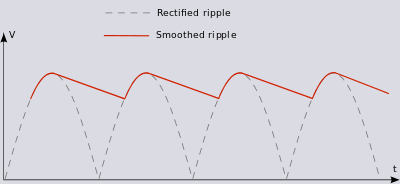hi, having spent some time among audiophiles it seems to me there is a lot of confusion about the significance of rated power of a amp and its effects on what we hear.
Just what measured parameters should we look out for when pairing a amp with a speaker and what the hell is going on between the two?
I keep bumping into guys who think getting a huge amp to drive their tiny fragile stand mounts will give them more bass and is the most effective way to get the sound they want...
It's my intention to create a simple resource for audiophiles, to help them avoid pit holes and not waste money through total ignorance.
Please help me, and them. Keep in mind this is a resource and not a thread for idel imaginings and bizarre video links. Such unhelpful posts will simply be deleted.
Thank you
Consider me a moron and proceed accordingly
Just what measured parameters should we look out for when pairing a amp with a speaker and what the hell is going on between the two?
I keep bumping into guys who think getting a huge amp to drive their tiny fragile stand mounts will give them more bass and is the most effective way to get the sound they want...
It's my intention to create a simple resource for audiophiles, to help them avoid pit holes and not waste money through total ignorance.
Please help me, and them. Keep in mind this is a resource and not a thread for idel imaginings and bizarre video links. Such unhelpful posts will simply be deleted.
Thank you
Consider me a moron and proceed accordingly

